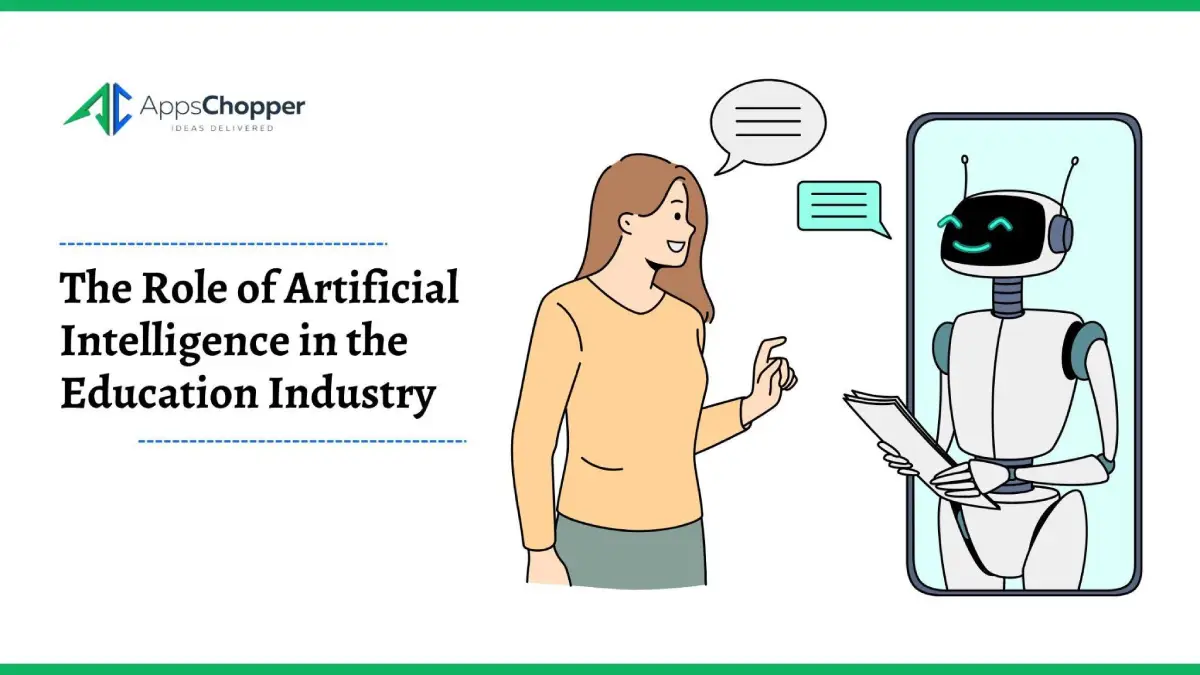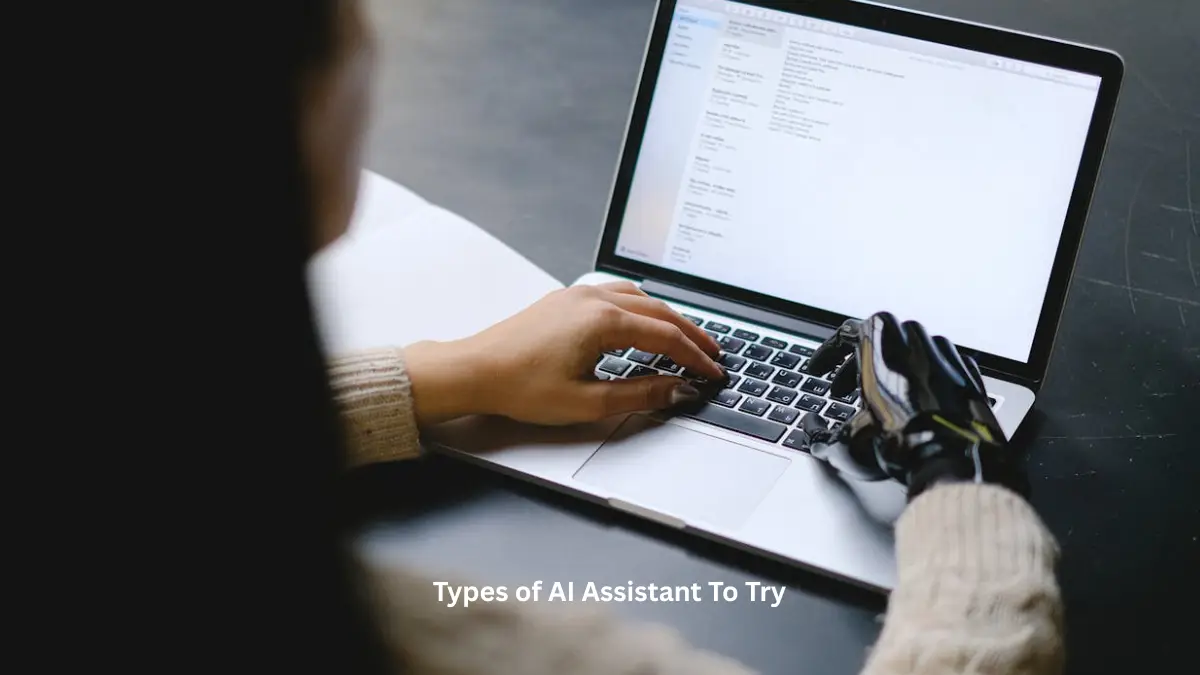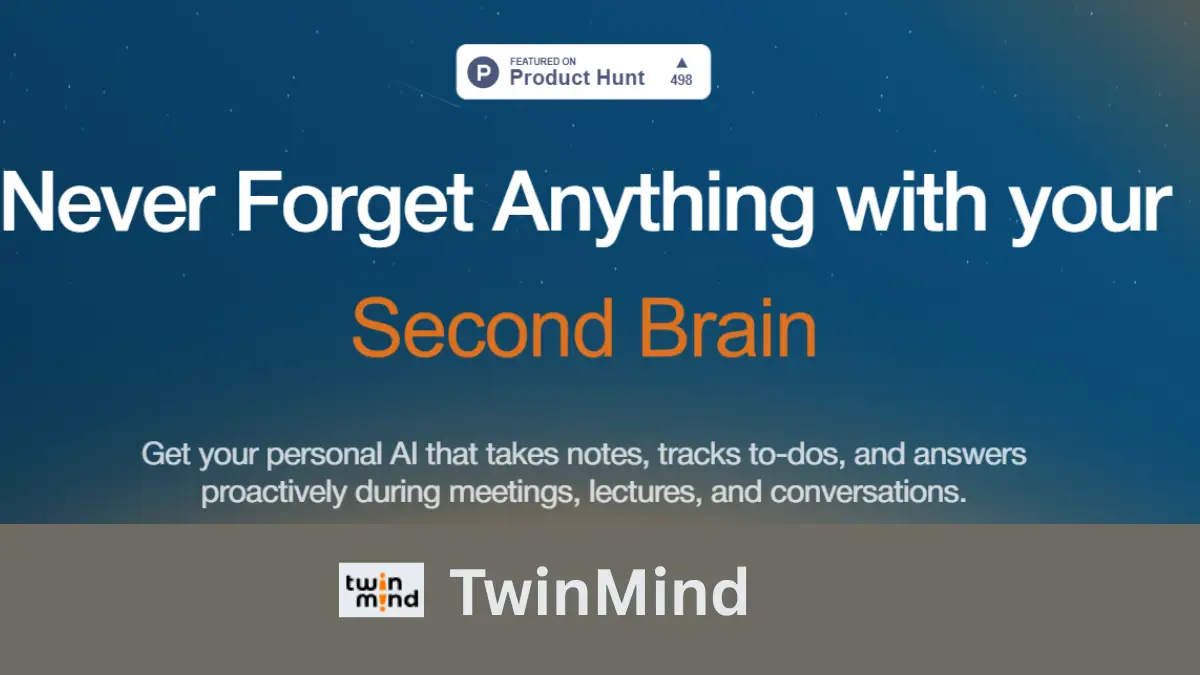Artificial Intelligence: Transforming Healthcare Diagnostic Imaging

Artificial intelligence is the new paradigm in an ever-changing world of healthcare at the global level. Changes are defining the very way we think about diagnosing and treating diseases. One declarative area of extension under this view is imaging. AI development services bring about a change in the way health professionals interpret and analyze images toward making a more accurate and timely diagnosis, which improves results for patients and streamlines clinical practice. AI algorithms operate on larger data sizes, discover patterns, and reveal insights toward an accurate diagnosis. Let’s delve into the article for more information on how AI is changing our healthcare system.
The Role of Diagnostic Imaging
Diagnostic imaging, on the other hand, plays a vital role in the healthcare profession as it presents a means through which the human body can be investigated and observed in great visual detail. Medical conditions are inquired into, and diagnosis helps to take necessary care from X-Rays, CT scans, MRIs, and ultrasounds.
Artificial Intelligence in Medical Imaging
In the following steps, the integration of AI with image processing offers great opportunities in providing better accuracy, efficiency, and precision in the field of image analysis and interpretation.
- Image Processing and Pattern Recognition
One of the main advantages of implementing the potential of AI in photography is its capacity to analyze and identify objects within an image. By developing joint projects with the major players in top AI software development companies can help in training the AI algorithms on any available image data bank, which is possible to highlight small incongruities, lesions, or putative anatomies that are difficult to differentiate.
- Deep Learning in Convolutional Neural Network
Convolutional neural networks (CNNs) are fast becoming very effective tools in imaging and deep learning. CNNs can automatically recognize and classify features from images with high, sometimes over-performing, accuracy.
- Making Radiologists More Efficient
In contrast, AI helps more in the interpretation of images. Not only does it expedite the workflow, but doctors can now avail themselves of more time in taking care of patients and dealing with more complex cases.
- AI-Assisted Triage and Prioritization
Automated identification of the average, everyday view taken through an endoscope is going to help sort those patients for whom their accompanying pictures are deserving of immediate medical care and thus saving thousands of lives from what would otherwise be a potentially fatal delay in treatment. Similarly, AI algorithms on image sorting can show an unexpected look on medical images, which includes those from endoscopes and ultrasound exams, in classifying through priority how likely they contain abnormality.
- Automated reporting and quantitation
By enabling AI to write undeniably error-free reports and quantify measurements that cannot be perceptible, for instance, volumes of tumors or dimensions of lesions, it could free up time for obligations of better value; therefore, the number of mistakes might be reduced and better reporting quality advanced.
Impact on Patient Care
Many of these teams use AI, which has grown to be an enormously accurate approach. This development will have huge implications: entire structures for complete affected person care could be built around one unmarried set of diagnostic snaps.
- Early Detection and Screening
Diagnostic image review using artificial intelligence is an extremely important basis for the development of services for the early diagnosis and screening. The use of intervention can be done in a timely manner so that subtle, early lesions—ones that are vague or absolutely imperceptible to the human eye—could be picked accurately at a point where treatment is feasible. The early stage of onset can then allow optimization of treatment plans for individual patients.
- Personalized Treatment Planning
All the more exciting is that population-level data on thousands of patients accumulated over time add to characterizing similarly personality patients and integrating their clinical features into treatment planning. Such information, put in combination with patterns derived by clinical imaging, which shows the elements of tumor regression or growth, necrosis, and other features apart from patient comorbidities and responses to past treatments, can all be taken into account by AI when tailoring individualized treatment plans.
- Teleradiology and Remote Access
Artificial intelligence-based diagnostic imaging has enhanced the capacity for the view of diagnostic images in radiography and related interpretations made from centers located at a far distance. Such services have been rolled out and piloted across Africa—in, for instance, situations in which patients in remote areas have been found to receive care with equal quality compared with urban-dwelling patients.
Challenges and Considerations
The application of AI in diagnostic imaging is very promising, but like the many other valuable technologies, there remain many loose ends that need to be tied before we can use them responsibly and ethically.
- Data quality and standardization
The performance of an AI algorithm is fully determined by the quality and diversity of data into which it is trained. Ensuring standardized practice in data collection, annotation, and curation will lead to building a robust and generalizable model.
- Unbiased and Objective Observations
It is the quality and diversity, or to be more precise, of the training data for models that really determine AI algorithm performance. Poor collection, annotation, and curation of data not done in a standardized way will result in a non-robust and non-generalizable trained AI model.
- Legal and Ethical Framework
As AI in healthcare continues to become more prevalent, regulators will require clear mandates and well-developed ethical frameworks that can serve as a model for the development, implementation, and use of AI. This must conform to all the provisions regarding patient privacy, data security, and transparency. Not the least, it must have done all its audits to see to it that this powerful new tool is integrated properly into health care.
- Education and Trust of the Clinician
Just as the war-time front-line surgeons learned to trust the new technology, competence in and trust towards AI have to be established with investment in and continuous education and training for physicians so that they will understand the potential and limitations of their AI colleagues, thus both human and nonhuman can be used effectively to improve patient care.
Conclusion
Artificial intelligence represents a disruptive technology for diagnostic imaging and health care in general. To have an assistant who can analyze a high number of clinical images to determine patterns of abnormalities, it would be almost like having an assistant on steroids. These AI algorithms are trained by large datasets that empower them to pick up minute anomalies, lesions, and anatomical structures, which perhaps may not easily be identifiable by expert humans.
This new capability means that diagnoses can be made on time and more accurately, with timely interventions taken primarily resulting in better patient outcomes. It is as if a second pair of professional eyes was there to catch those things which might otherwise be overlooked. This is particularly important for diseases that require urgent treatment because AI-driven systems can identify important cases to ensure that patients with possible abnormalities receive the type of attention needed promptly.
All in all, AI is doing wonders for the diagnostic imaging profession, making it more precise and performing better with communication in healthcare. The feeling is that you are not alone but with someone trustworthy who will screen through the complex clinical images, predict changes in the pathology condition, and ensure that the right care is delivered to patients in a timely manner. With AI by our side, the future for diagnostic imaging is brighter than ever.







